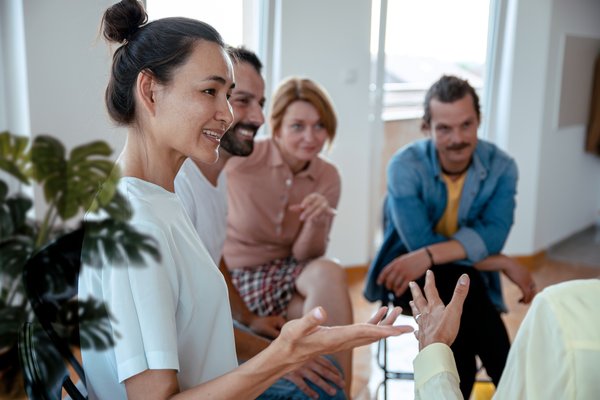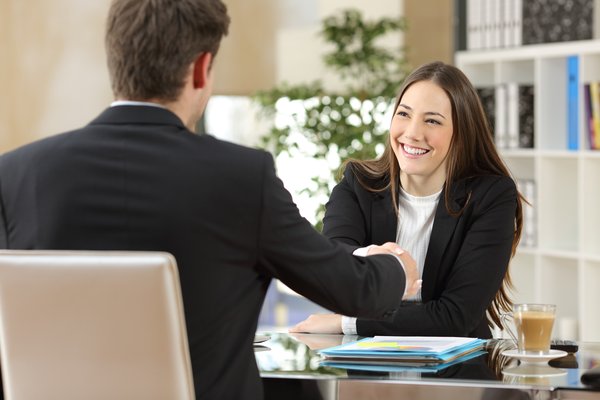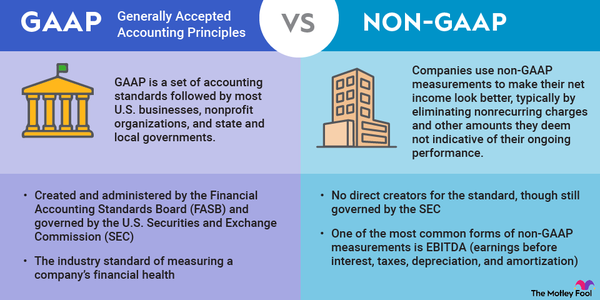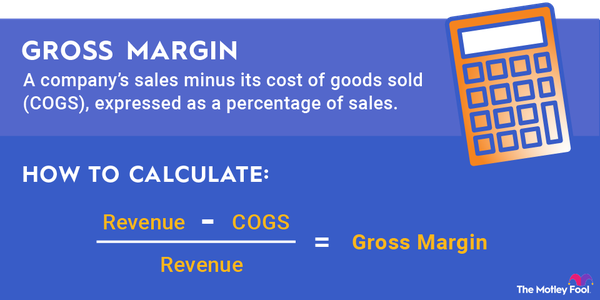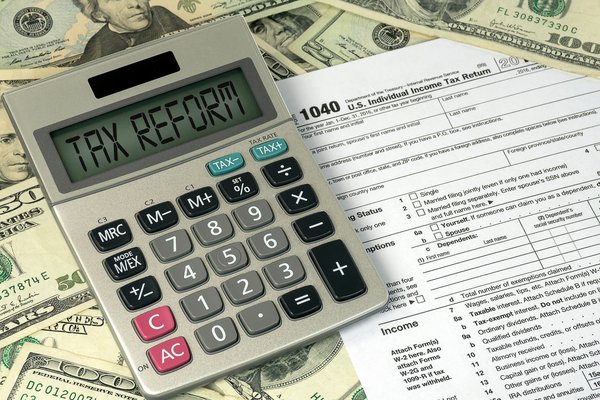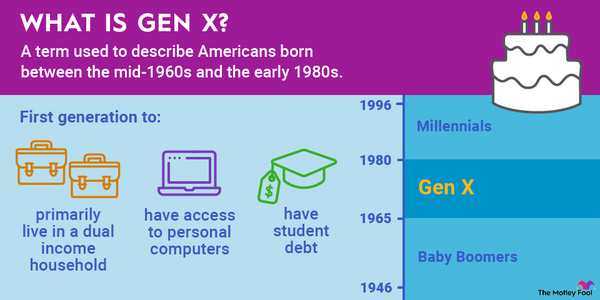Gross profit, also known as gross income, is the amount of revenue that remains after the direct costs of providing a product or service are subtracted. Investors evaluate a company's gross profit to understand whether the company is able to charge premium prices or prices that just barely cover the product or service's direct costs.
Those direct costs associated with making a product or providing a service are known as the cost of goods sold, or COGS. Gross profit is simply equal to revenue minus COGS.
Example of gross profit
Example of gross profit
Let's walk through an example to better understand gross profit and how it is calculated.
This company has $10 million of revenue. The direct costs — those associated with making the product — amount to $7 million. Subtracting $7 million from $10 million yields a gross profit for the company of $3 million.
A $3 million gross profit from $10 million of revenue equates to a 30% gross margin. While gross profit is the amount of money as an absolute value that remains after COGS is subtracted, gross profit margin is gross profit as a percent of revenue.

What gross profit can tell you
What gross profit can tell you
Since gross profit is an absolute number, it is somewhat less useful as a comparison tool for investors than gross profit margin, which is a percent. Investors can more easily use the gross profit margin metric to analyze and compare companies.
However, you can better understand a company's gross profit by closely examining its COGS. Product businesses usually have higher COGS than service businesses, meaning that product businesses generally have lower gross profits. But service business usually have higher operating expenses than product businesses, so higher gross profits are necessary for service businesses to pay for fixed costs such as insurance or marketing.
If two similar companies with similar revenues have much different gross profits, then the company with the higher gross profit likely has some significant competitive advantage. If a company's revenue over time stays constant but its gross profit sharply declines, then one or more of its direct costs has significantly increased. Sometimes a company's COGS stays constant but its gross profit drops because the price the company is able to charge for its product or service has substantially declined.
Related investing topics
After gross profit on the balance sheet
After gross profit on the balance sheet
After gross profit, investors compute operating profit. A company's operating profit is its gross profit minus its fixed costs. Costs are fixed if they do not vary with the amount of a product or service that the company provides. Usually the most major fixed costs are related to management and administration, sales, research and development, and rent and utilities.
After operating profit, investors calculate net profit, otherwise known as net income. Net income is operating profit minus all non-operating expenses such as taxes and interest.
While a company's operating profit and net income are both important, companies with high gross profits tend to perform the best. A high amount of gross profit means that plenty of money is left over to pay for the company's overhead costs and non-operating expenses.












